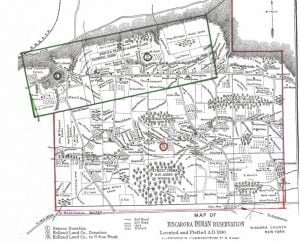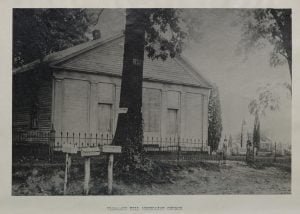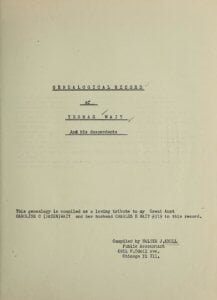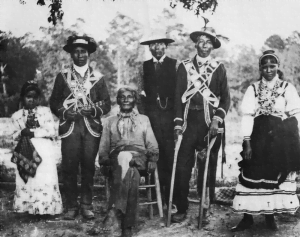Biographical Sketch of Robert Y. Jack
Robert Y. Jack died near Charleston, Jefferson county, Va., in 1834, leaving an only child, Frances Rebecca, who married Thomas J. Manning, of the U.S. Navy. They both died previous to the late Confederate war, leaving three sons: 1. Charles J.; 2. George Upshur, and 3. Frank Jack Manning. Each one of these brave youths joined the Confederate army, all under the age of eighteen years. George Upshur was killed in the cavalry charge under General Stewart at Brandy Station. Frank Jack was shot through the body, but recovered of his severe wound and continued in the army. They all … Read more





